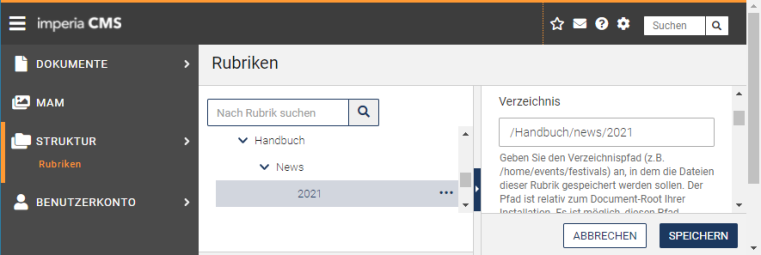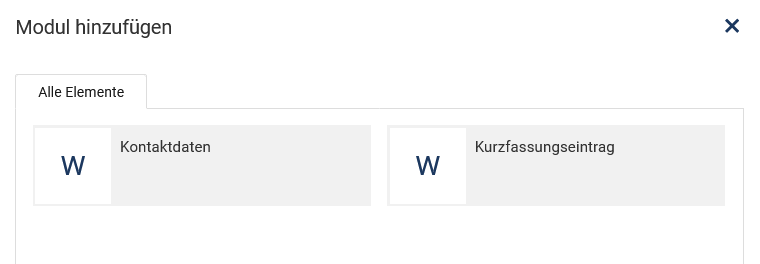Abstracts collector
With the "Abstracts Collector" module, you can create an overview page that displays articles with a headline, a short text and, if necessary, an image, or you can display a short summery of Contact details. A link redirects to the detailed article. The created link leets to the full articel or Contactpage. If you have more question you can contact the onlinen editorial support.
View of the overview page on the target system:
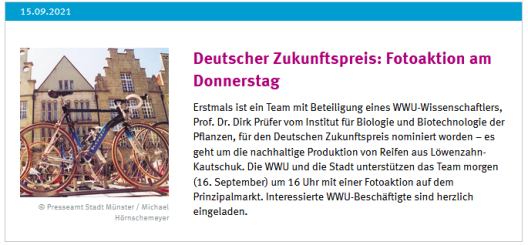
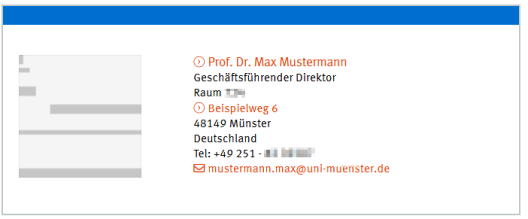
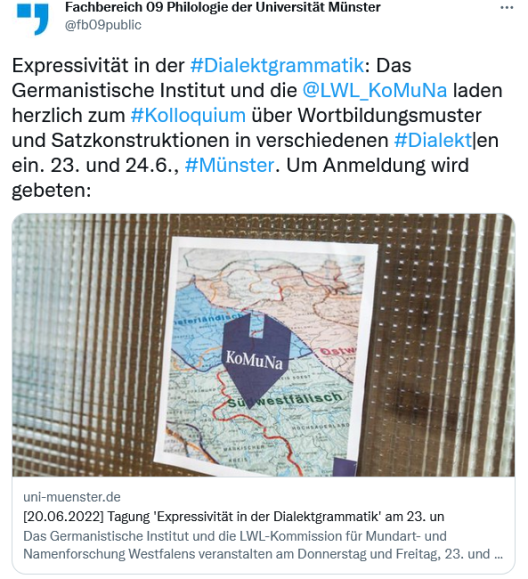
Twitter card
It is also possible to create a "Twitter card" via an abstract entry. If an Imperia page is linked on Twitter that has an abstract entry containing an image, a headline and a teaser text, this information is output on Twitter as a "Twitter card". The Twitter card replaces the link in the output.
Whether this abstract entry entry is also "collected" somewhere is not relevant. However, Imperia pages without an abstract entry entry do not generate a Twitter card.
In order for a Twitter card to be generated from an abstract entry, a rubric parameter must be set in the corresponding rubric: twittercard = 1.
You can optionally set the parameter input_twittercard_document = 1 (otherwise a Twitter card will be created for all documents with an abstract entry in the rubric). If the parameter is not set, you can decide in the meta edit step of an Imperia document whether a Twitter card should be created or not.
Documents already published before the parameter is set must be refreshed in order for a Twitter Card to be generated.

